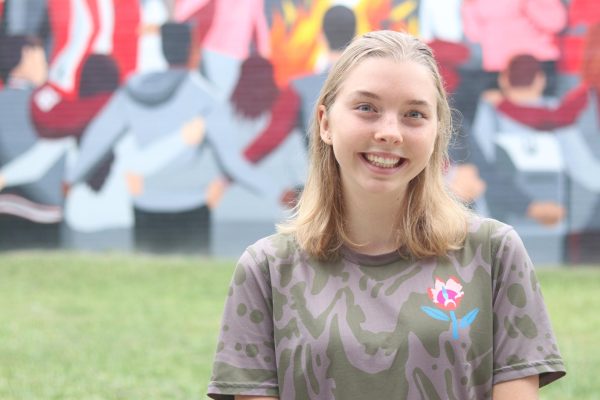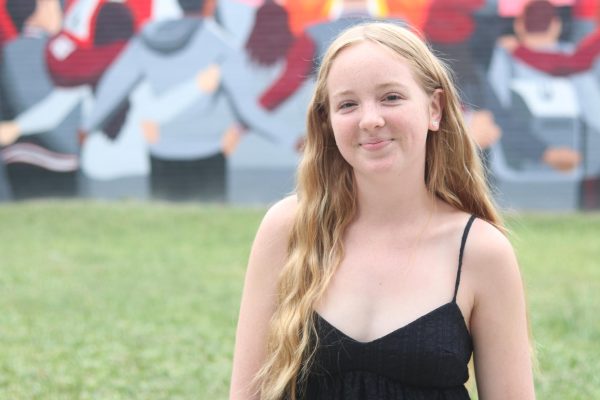When senior Richard Liljestrom came to donate blood at LHS’s fall blood drive, the staff was pumped. Liljestrom had above-average hemoglobin levels, which measure blood iron content. Iron is essential for creating new red blood cells after donating.
“They were like, ‘yes, we need your blood, go!’” Liljestrom said. His hemoglobin levels weren’t the only thing celebrated, either.
“I happen to be blessed with the blood type O-positive,” he said. “Which is much needed because it’s the universal donor.”
He’s right. Just this year, the American Red Cross declared a national blood shortage. Donors of all blood types are needed across America. In response to this crisis, the LHS medical interventions class partnered with the Community Blood Bank of Kansas City to organize the biannual blood drive. This year however, the doors were opened to the community.
“We wanted to open it up so we could get more people, and we’ve seen blood shortages over the last several years,” said Anitha Subramanian, organizer and teacher of the medical interventions class. She says every day, the area hospitals need a combined 600 units of blood.
“There are times when they don’t have enough blood for one day’s work,” Subramanian said.
Blood is essential to save lives. It is estimated that every two seconds, a person in the U.S needs blood donated. It is used in treatment for surgeries, cancer, chronic illnesses, and victims of traumatic injury. Critically, there is no substitute.
“There has not yet been a successful alternative to actual blood,” Subramanian said. “Every single pint donated helps three people in our community live.”
Junior Bebel Piepergerdes volunteered at the drive. She acknowledges the simplicity of donating.
“It only takes an hour at most, and you’re saving so many lives by spending an hour of your time donating blood.”
Piepergerdes volunteered despite being one of 23 deferred. Donors might be deferred for several reasons, including heart rate, blood pressure, height to weight ratio, sugar and iron levels. For those who were deferred, Subramaninan encourages them to come back prepared, but acknowledges the seemingly unrewarding aspect of donating.
“I know that it is kind of thankless in a way because you never get to see who your blood goes to, but there are several people who benefit and who do want to thank their donors,” Subramanian said. “We want to do it on their behalf.”
This year, the drive accepted 13 community donors and 43 first-time donors. In total, they registered 83 people and collected 64 units of blood, saving an estimated 192 lives.
“It’s really amazing,” Subramanian said.
The next blood drive will be held in the spring. Liljestrom encourages other students to donate, no matter their blood type.
“You can be A, B, AB positive, AB negative, doesn’t matter. Give blood,” he said. “Everybody needs blood.”





